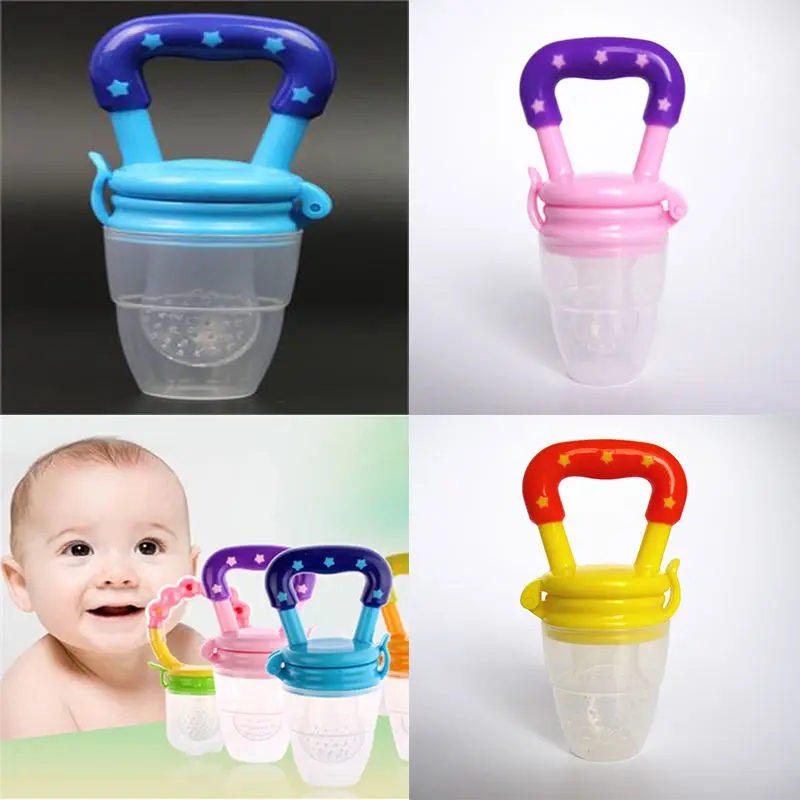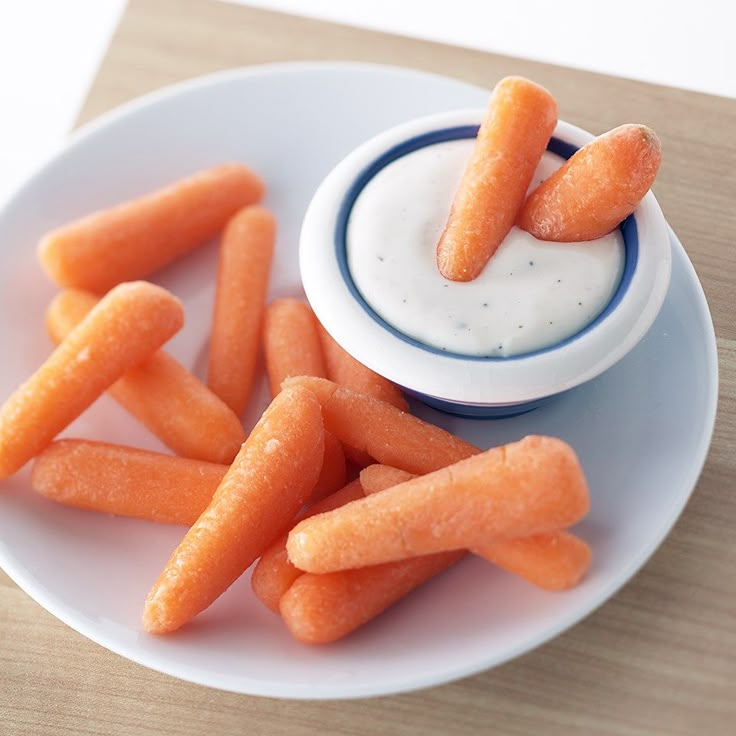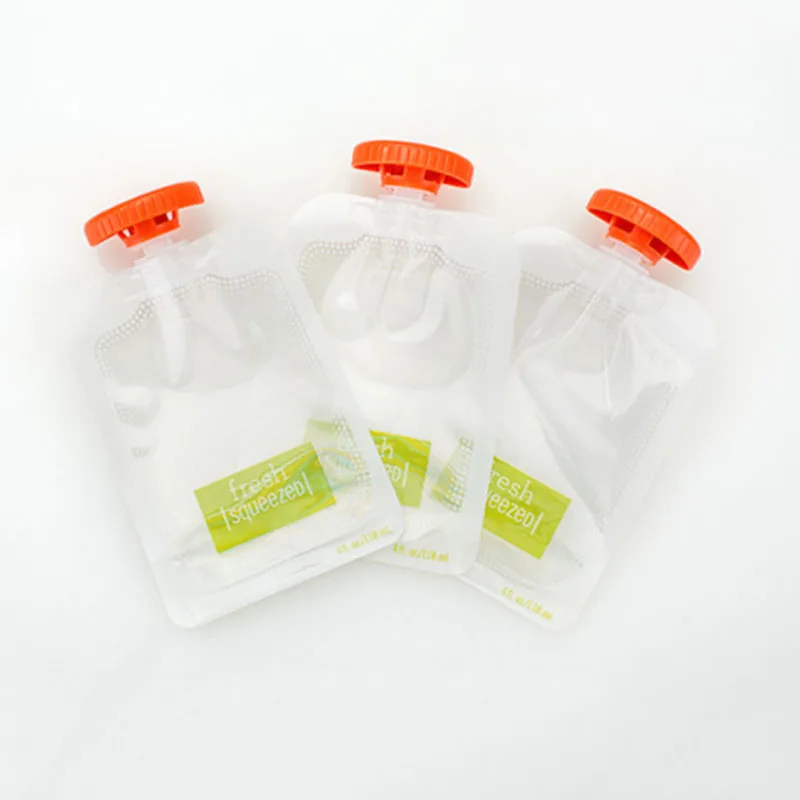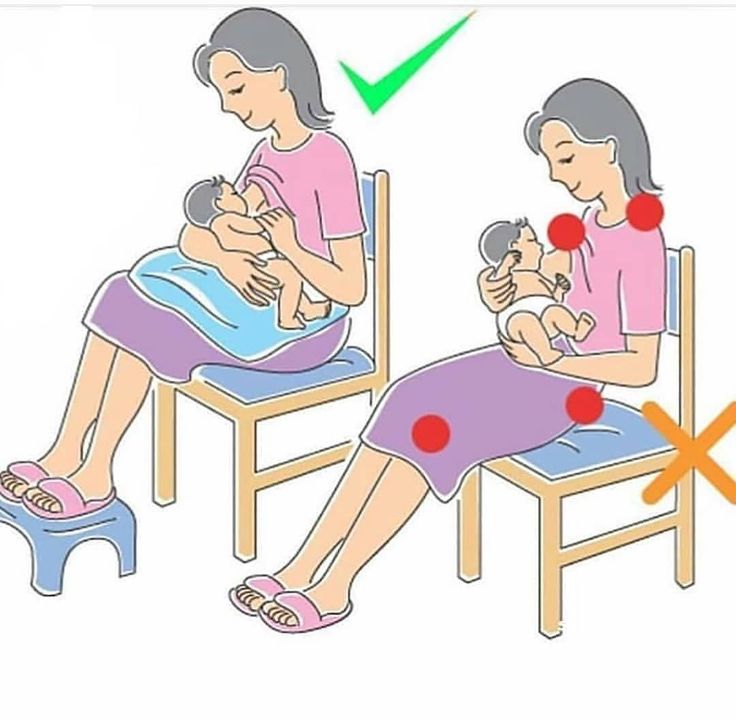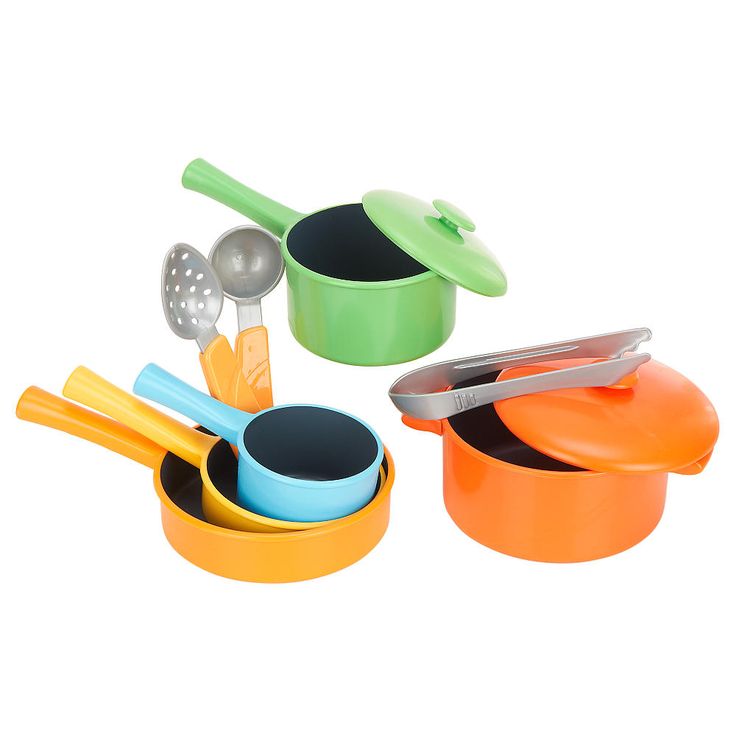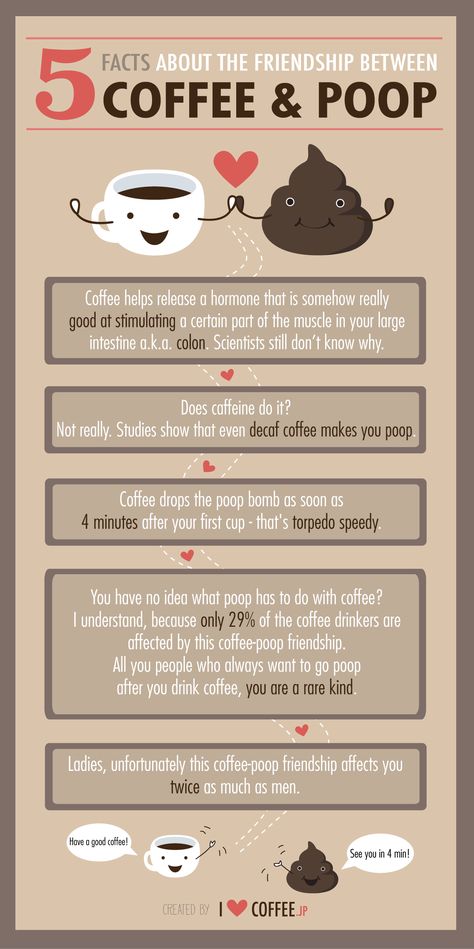Prop feeding baby
Why It Isn’t Worth the Risk
Most newborns and young infants need to eat about every 2 to 3 hours, or about 8 to 12 times per day. Feedings can take a good chunk of your day, yet the opportunity to sit and bond with your baby is an amazing experience.
As much as you adore these bonding sessions, though, your baby might get hungry at inopportune times. And if so, you might be tempted to prop a bottle in their mouth instead of holding it yourself during bottle feedings.
This is convenient for you, but is it safe for your baby?
In a word, no. Here’s why.
Bottle propping is an alternative to holding a bottle for your baby. It involves sitting baby in a bouncer seat, laying them flat in their crib, or otherwise positioning them — and then propping a bottle with a blanket or other object so they can eat hands-free.
This practice is generally done before babies can hold their own bottle, and it can be dangerous — even if your intention is just to run to answer the door or take a phone call.
Truthfully, your baby might be unfazed by bottle propping; as long as they’re eating, they’re usually happy. Nevertheless, this doesn’t mean that it’s OK or safe. Common dangers and risks associated with bottle propping include the following:
Choking
Choking is the most dangerous risk associated with bottle propping, and there are documented cases of it occurring.
Choking is one risk linked to propping a baby’s bottle. At first, your baby might feed with no issue. The problem, though, is that bottle propping can lead to a steady flow of milk from the bottle’s nipple. And the milk might continue to flow even after your baby stops sucking.
If your baby stops feeding or falls asleep with the bottle in their mouth, they can accidentally breathe in the milk instead of swallowing it.
Tooth decay
You might not think of milk causing tooth decay in your baby, but it can happen. This is more likely when your baby lays flat with a propped bottle.
Milk can collect or pool in the back of their mouth instead of flowing down their throat. The longer the milk stays in their mouth, the greater the risk of tooth decay as their teeth grow in. This can happen when your baby falls asleep with the bottle in their mouth.
The longer the milk stays in their mouth, the greater the risk of tooth decay as their teeth grow in. This can happen when your baby falls asleep with the bottle in their mouth.
Ear infections
Bottle propping can also contribute to ear infections in babies. This is another complication of milk pooling in the back of their mouth.
Laying a baby flat can cause milk to collect near the opening of the eustachian tube. And if the tube cannot drain well during a cold, this can trigger a painful ear infection. Signs of an ear infection include:
- inconsolable crying
- fever during or after a cold
- pulling or tugging at the ear
Interrupted bonding time
Bottle propping also takes away bonding time with your baby. Being held during feedings is how a baby bonds with its parents and caretakers. If you transition from holding your baby during feedings to bottle propping, you could potentially weaken your bond.
Bottle propping might feel like the only option if your baby becomes hungry when you’re not in a position to feed them. It can also seem like the perfect way to multitask if you have other children.
It can also seem like the perfect way to multitask if you have other children.
As tempting as it is, though, the risks associated with bottle propping outweigh any temporary convenience.
In fact, the Centers for Disease Control and Prevention and American Academy of Pediatrics both warn against this practice. So don’t give in to the temptation.
Getting your baby on a regular feeding schedule can help. It’ll then become easier to predict and plan your schedule around their feeding times.
Additionally, if you have older children who are responsible and interested in helping, teach them how to properly hold their younger sibling and the bottle, and then monitor them from a distance. This can be a safer alternative to bottle propping, and it allows older children to bond with the baby.
When holding your baby during feedings, make sure you know the correct way to bottle-feed:
- Keep your baby’s head in a semi-upright position. Don’t lay your baby flat in your arms, as this causes milk to pool in the back of their mouth.
 Your baby’s head should always remain higher than their feet.
Your baby’s head should always remain higher than their feet.
- Pay attention to your baby during feedings, so you’ll know when they’ve finished eating or fallen asleep. Remove the bottle to prevent choking.
- Don’t forget to burp your baby every 5 minutes or so during feedings, or approximately after every 3-ounce portion they drink. This can help prevent gas and spitting up, though not all babies will burp this often.
- If your baby is new to bottle-feeding, consider starting with a slow flow nipple to prevent gagging.
Bottle propping might seem like a safe, convenient way to feed your baby, but it’s risky. The correct way to feed your baby is by holding them with their head upright.
This not only protects your baby from choking and developing ear infections but also provides a wonderful opportunity to bond.
Why It Isn’t Worth the Risk
Most newborns and young infants need to eat about every 2 to 3 hours, or about 8 to 12 times per day.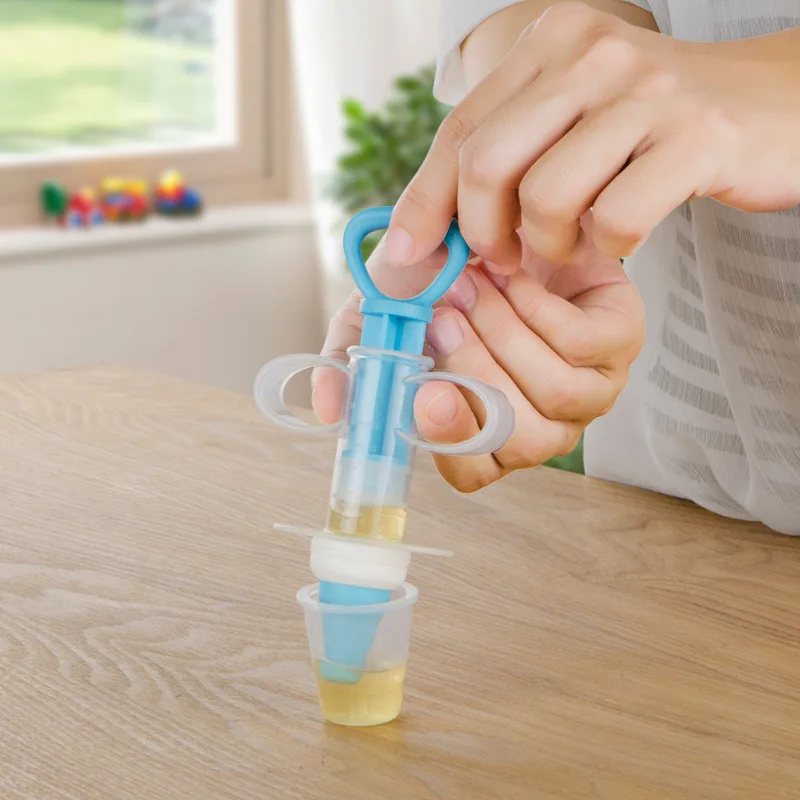 Feedings can take a good chunk of your day, yet the opportunity to sit and bond with your baby is an amazing experience.
Feedings can take a good chunk of your day, yet the opportunity to sit and bond with your baby is an amazing experience.
As much as you adore these bonding sessions, though, your baby might get hungry at inopportune times. And if so, you might be tempted to prop a bottle in their mouth instead of holding it yourself during bottle feedings.
This is convenient for you, but is it safe for your baby?
In a word, no. Here’s why.
Bottle propping is an alternative to holding a bottle for your baby. It involves sitting baby in a bouncer seat, laying them flat in their crib, or otherwise positioning them — and then propping a bottle with a blanket or other object so they can eat hands-free.
This practice is generally done before babies can hold their own bottle, and it can be dangerous — even if your intention is just to run to answer the door or take a phone call.
Truthfully, your baby might be unfazed by bottle propping; as long as they’re eating, they’re usually happy.![]() Nevertheless, this doesn’t mean that it’s OK or safe. Common dangers and risks associated with bottle propping include the following:
Nevertheless, this doesn’t mean that it’s OK or safe. Common dangers and risks associated with bottle propping include the following:
Choking
Choking is the most dangerous risk associated with bottle propping, and there are documented cases of it occurring.
Choking is one risk linked to propping a baby’s bottle. At first, your baby might feed with no issue. The problem, though, is that bottle propping can lead to a steady flow of milk from the bottle’s nipple. And the milk might continue to flow even after your baby stops sucking.
If your baby stops feeding or falls asleep with the bottle in their mouth, they can accidentally breathe in the milk instead of swallowing it.
Tooth decay
You might not think of milk causing tooth decay in your baby, but it can happen. This is more likely when your baby lays flat with a propped bottle.
Milk can collect or pool in the back of their mouth instead of flowing down their throat. The longer the milk stays in their mouth, the greater the risk of tooth decay as their teeth grow in. This can happen when your baby falls asleep with the bottle in their mouth.
This can happen when your baby falls asleep with the bottle in their mouth.
Ear infections
Bottle propping can also contribute to ear infections in babies. This is another complication of milk pooling in the back of their mouth.
Laying a baby flat can cause milk to collect near the opening of the eustachian tube. And if the tube cannot drain well during a cold, this can trigger a painful ear infection. Signs of an ear infection include:
- inconsolable crying
- fever during or after a cold
- pulling or tugging at the ear
Interrupted bonding time
Bottle propping also takes away bonding time with your baby. Being held during feedings is how a baby bonds with its parents and caretakers. If you transition from holding your baby during feedings to bottle propping, you could potentially weaken your bond.
Bottle propping might feel like the only option if your baby becomes hungry when you’re not in a position to feed them. It can also seem like the perfect way to multitask if you have other children.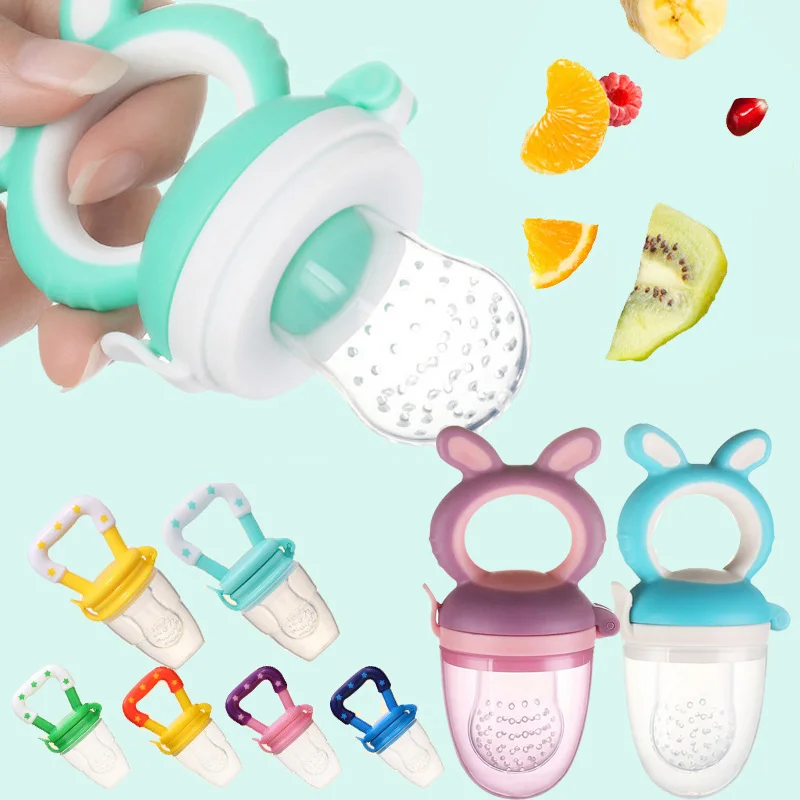
As tempting as it is, though, the risks associated with bottle propping outweigh any temporary convenience.
In fact, the Centers for Disease Control and Prevention and American Academy of Pediatrics both warn against this practice. So don’t give in to the temptation.
Getting your baby on a regular feeding schedule can help. It’ll then become easier to predict and plan your schedule around their feeding times.
Additionally, if you have older children who are responsible and interested in helping, teach them how to properly hold their younger sibling and the bottle, and then monitor them from a distance. This can be a safer alternative to bottle propping, and it allows older children to bond with the baby.
When holding your baby during feedings, make sure you know the correct way to bottle-feed:
- Keep your baby’s head in a semi-upright position. Don’t lay your baby flat in your arms, as this causes milk to pool in the back of their mouth. Your baby’s head should always remain higher than their feet.

- Pay attention to your baby during feedings, so you’ll know when they’ve finished eating or fallen asleep. Remove the bottle to prevent choking.
- Don’t forget to burp your baby every 5 minutes or so during feedings, or approximately after every 3-ounce portion they drink. This can help prevent gas and spitting up, though not all babies will burp this often.
- If your baby is new to bottle-feeding, consider starting with a slow flow nipple to prevent gagging.
Bottle propping might seem like a safe, convenient way to feed your baby, but it’s risky. The correct way to feed your baby is by holding them with their head upright.
This not only protects your baby from choking and developing ear infections but also provides a wonderful opportunity to bond.
Chairs for feeding: what are there and how to choose?
Help in choosing
The nursing chair is a multifunctional piece of furniture suitable for both expectant and breastfeeding mothers. During pregnancy, the chair will help relieve fatigue from the muscles of the back and legs, take a comfortable position and fully relax. After the birth of the long-awaited baby in the chair, it is convenient to feed the newborn and just relax from household chores. And the smooth rocking of the chair has a relaxing and soothing effect on the baby, helping the mother to quickly lull the child. Other family members can also use the lounge chair.
During pregnancy, the chair will help relieve fatigue from the muscles of the back and legs, take a comfortable position and fully relax. After the birth of the long-awaited baby in the chair, it is convenient to feed the newborn and just relax from household chores. And the smooth rocking of the chair has a relaxing and soothing effect on the baby, helping the mother to quickly lull the child. Other family members can also use the lounge chair.
The shape and the ability to adjust the backrest is one of the important parameters that you need to pay attention to before buying a chair. The ergonomic shape of the back and several levels of inclination will allow you to take the most comfortable position for a good rest.
Having armrests would also be an advantage. The optimal height of the armrests of the chair will allow the mother to relieve the load from the muscles of the hands while feeding or rocking the newborn.
The presence of a footrest depends on the model of the feeding chair. The leg support provides extra comfort, relieves stress and reduces swelling in the legs. Feeding chairs with a footrest are slightly more expensive. There are also models in which both the chair and the support sway simultaneously.
The leg support provides extra comfort, relieves stress and reduces swelling in the legs. Feeding chairs with a footrest are slightly more expensive. There are also models in which both the chair and the support sway simultaneously.
Pockets are an optional but practical accessory for the highchair. It allows you to keep the things you need close at hand. The pockets are located on the side of the armrests and differ in quite a large capacity.
What should I look for when choosing a feeding chair?
Size . The chair should fit in the dimensions of the room, and should also be comfortable for mom. The most comfortable are models with a high back, which allows you to fully lean with your head on the back of the chair.
Adjustable . The advantage of the chair for feeding is the ability to adjust the angle of the backrest, as well as the height and width of the chair. Thus, the chair will adapt to the individual parameters of both the mother and other family members.![]()
Back shape . The most comfortable are the chairs, in which the back has an anatomical shape. The anatomical backrest allows you to unload the spine as much as possible and relieve tension from the muscles of the back and neck.
Oscillator . Currently, there are three ways to swing: on skids, spring and pendulum mechanism. Unlike skids, the pendulum and spring mechanisms are quieter and do not touch the floor when swinging, protecting the floor from scratches.
Retainer . The stopper system allows you to fix the chair without getting up from it. It is very convenient if you hold the baby in your arms.
Foot support . As mentioned above, the presence of leg support depends on the model of the chair.
What types of chairs are available?
In our article we will look at the most popular types of feeding chairs.
Wooden glider chairs are chairs with a natural wood frame and a footstool. The model can have a tilt-adjustable backrest and a stopper. These chairs have a pendulum swing mechanism.
The model can have a tilt-adjustable backrest and a stopper. These chairs have a pendulum swing mechanism.
The metal glider chairs have a metal frame, leg support included, as well as the ability to adjust the backrest angle (depending on the model) and seat height. These models rotate around their axis and have a pendulum swing mechanism.
Rattan nursing chairs have a natural rattan frame, removable upholstery on the seat and small armrests. These models do not have the ability to adjust the back angle, are suitable for outdoor use and have a more elegant design. Feeding chairs made of rattan can have both arched (runners) and spring swing mechanism.
The wicker chairs have a natural wicker frame. Their characteristics are similar to rattan chairs, only the rocking mechanism of these models is only arcuate.
The Classic Feeding Chair looks like a regular chair. The frame is made of natural wood, both fabric and practical eco-leather are used as upholstery. The backrest can be adjusted depending on the model. Swinging is carried out by skids.
The frame is made of natural wood, both fabric and practical eco-leather are used as upholstery. The backrest can be adjusted depending on the model. Swinging is carried out by skids.
Micuna Nursing Chairs
Micuna Nursing Chairs are specially designed for expecting and breastfeeding mothers. A high back, comfortable armrests and an ergonomic seat will allow the expectant mother to relax and rest comfortably, relieving tension from the muscles of her back and legs. A distinctive feature of the Relax models is the presence of a folding backrest and a rising footrest: even more relaxation for a good rest. All Micuna rocking chairs have rocking rails: a good solution that will allow you to rock your newborn. The feeding chair can also be used by other family members to relax.
In addition to Mikun's feeding chairs, you can purchase a comfortable ottoman for legs, as well as legs that are installed instead of rocking runners. In our online store you can buy inexpensive Micuna nursing chairs upholstered in high quality fabric or eco-leather.
Rocking chair Micuna Wing/Confort white/white artificial leather
Colors available: 1
Price: 51240 ₽
51240 ₽
Rocking chair Micuna Wing/Flor white/white imitation leather
Colors available: 3
Price: 55240 ₽
55240 ₽
Rocking chair Micuna Wing/Nanny white/white artificial leather
Colors available: 2
Price: 48680 ₽
48680 ₽
Rocking chair Micuna Wing/Moom waterwood textile beige/brown
Colors available: 4
Price: 71250 ₽
71250 ₽
Rocking chair Micuna Wing/Nanny Relax white/grey artificial leather
Colors available: 1
Price: 73200 ₽
73200 ₽
Rocking chair Micuna Wing/Confort Relax white/soft gray
Colors available: 1
Price: 72390 ₽
72390 ₽
All articles and useful tips
Various breastfeeding positions
Try different breastfeeding positions to find the one that works best for you and your baby. You can see the options in our selection of photos
You can see the options in our selection of photos
Share this information
There is no right or wrong way to hold the baby while
feeding, and mom and baby are sure to find their favorite position.
It is important that both you and your baby feel comfortable. 1.2 It's good to learn a few different breastfeeding positions and techniques because life's circumstances often require us to be flexible, especially as your baby gets older and you start to leave the house more often.
Whatever position you choose to breastfeed your baby, remember a few simple rules.
- Prepare everything you need before feeding, including drinks, food, mobile phone, TV remote control, book or magazine. And do not forget to go to the toilet - the feeding process can take a long time!
- Make sure your baby is comfortable. Whichever position you choose, it's important to keep your baby strong, level, and provide good support for their head, neck, and spine.
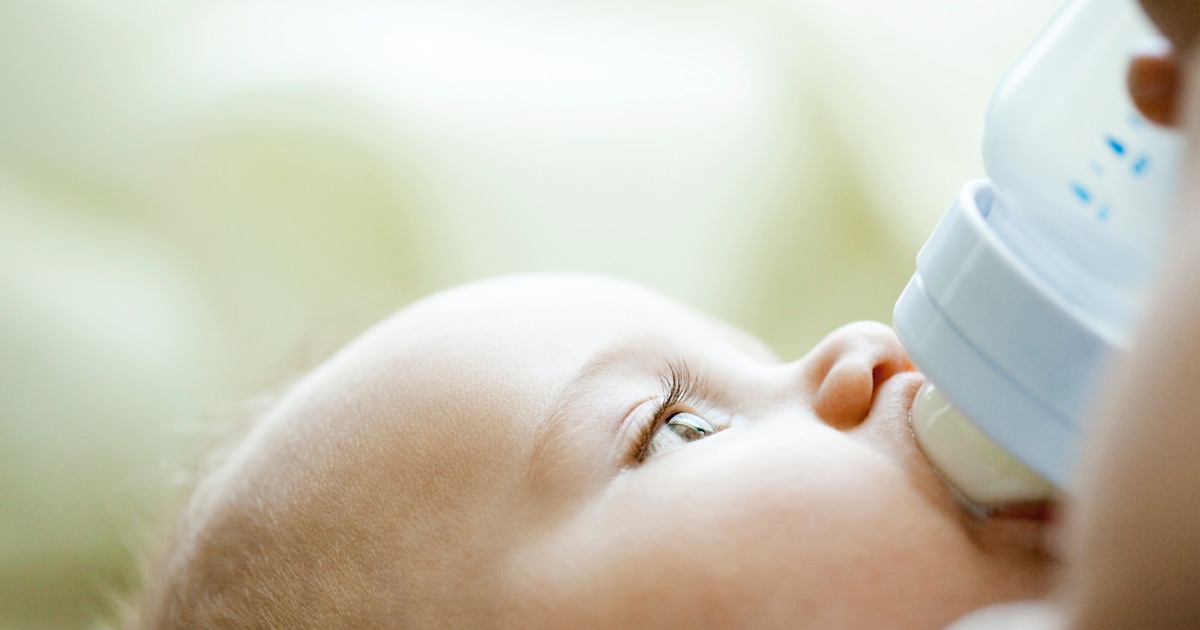
- You should also be comfortable. Don't stress. If necessary, use pillows of different sizes or rolls of towels to support your back or arms.
- Make sure your baby is latching on correctly. Proper grip is the key to comfort when breastfeeding.
- If your baby does not latch well or you experience pain while feeding, contact a lactation consultant for help. The specialist will also be able to show you how to hold your baby more comfortably.
1. Relaxed feeding or reclining position
The relaxed feeding position, also known as biological feeding, 1 is often the first position for most mothers. If, immediately after birth, the baby is placed on the mother’s chest or stomach, normally, he instinctively reaches for the breast and tries to grab the nipple. This phenomenon is known as the breast seeking reflex. Skin-to-skin contact stimulates the infant's feeding instinct, and gravity helps him to latch onto the breast and maintain balance.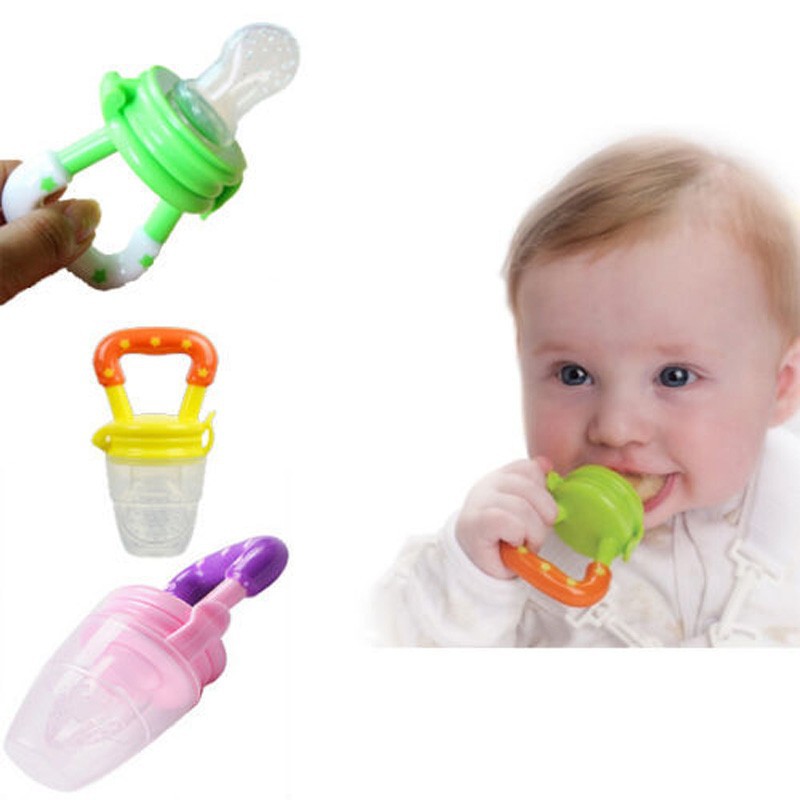
But it's not just newborns that can be fed in the reclining position - this position is great for babies of all ages. It can be especially helpful if your baby does not latch well in other positions or does not like to be touched during feeding, and also if you have too much milk flow or too large breasts. Isabelle, a mother from the UK, shares her experience: “I had large breasts, and the baby was born small - 2.7 kg, so it was not easy to find a comfortable position at first. After a few weeks, it became clear that there was no “correct” posture for me. As a result, I most often fed lying down, putting the baby on my chest. ”
It is more convenient to feed not lying flat on your back, but half-sitting, leaning on pillows. So you will have a back support and you will be able to watch the baby during feeding.
2. Cradle position
This is the classic
first thought of breastfeeding. Mom sits straight
, and the baby lies on her side on her arm, pressing her stomach against her stomach. 3 Although this is a very popular position, it is not always easy to master with newborns because it gives the baby less support. Try putting a pillow under your back, and put a special breastfeeding pillow on your knees and lean on it with your hands. So you can more reliably support the child, without overstraining your back and shoulders. Just make sure that the baby does not lie too high on the pillow for feeding. The breast should remain at a natural level so that the baby can grab it without effort, otherwise sore nipples cannot be avoided.
3 Although this is a very popular position, it is not always easy to master with newborns because it gives the baby less support. Try putting a pillow under your back, and put a special breastfeeding pillow on your knees and lean on it with your hands. So you can more reliably support the child, without overstraining your back and shoulders. Just make sure that the baby does not lie too high on the pillow for feeding. The breast should remain at a natural level so that the baby can grab it without effort, otherwise sore nipples cannot be avoided.
“I breastfed in the cradle position because it suited me perfectly! It was comfortable and I loved just sitting and looking at my little one,” recalls Rachel, a mother of two from Italy.
3. Cross Cradle
This breastfeeding position looks almost the same as the Cradle, but the baby is on the other arm. 3 This gives baby support around the neck and shoulders so he can tilt his head to latch on.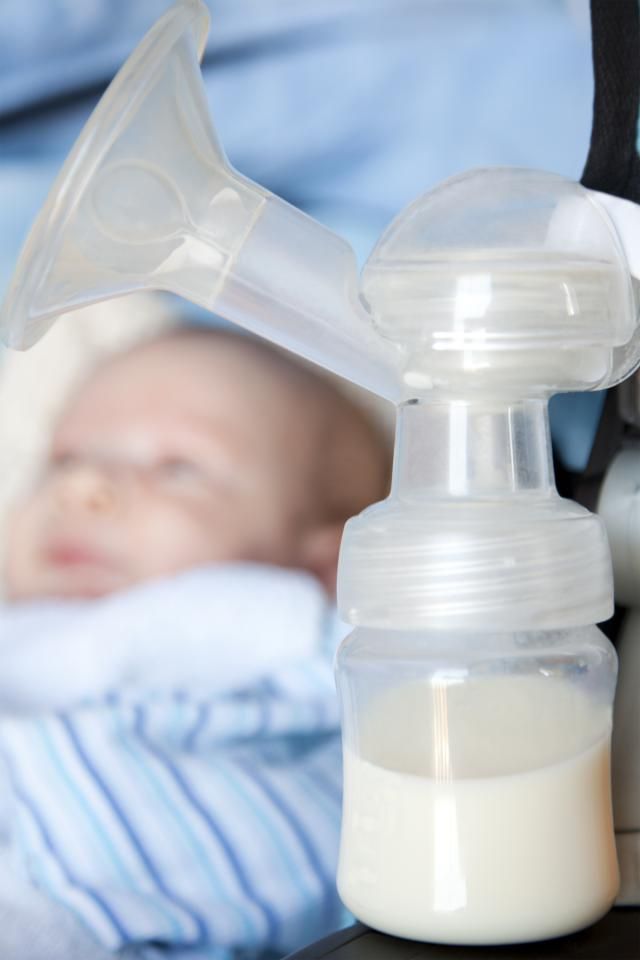 This position is great for breastfeeding newborns and small babies, as well as for babies who do not latch well. Since the baby lies completely on the other hand, it becomes easier to control his position and you can adjust the chest with your free hand.
This position is great for breastfeeding newborns and small babies, as well as for babies who do not latch well. Since the baby lies completely on the other hand, it becomes easier to control his position and you can adjust the chest with your free hand.
Julie, a mother of two from the UK, finds this position very practical: “I usually breastfeed my youngest in the cross cradle position. So I have a free second hand, and I can take care of an older baby at the same time. ”
Do not hold the baby's head at first, otherwise you may inadvertently press his chin against his chest. Because of this, the child will not be able to take the breast deeply, because the nipple will rest against the base of the tongue, and not against the palate, which will lead to inflammation of the nipples. As the child grows, this position becomes more comfortable, and he can rest his head on your palm (as shown in the photo above).
4. Underarm breastfeeding
In this position, also known as the "ball grip", the mother sits and the baby lies along her arm at the side, legs towards the back of the chair (or any other seat).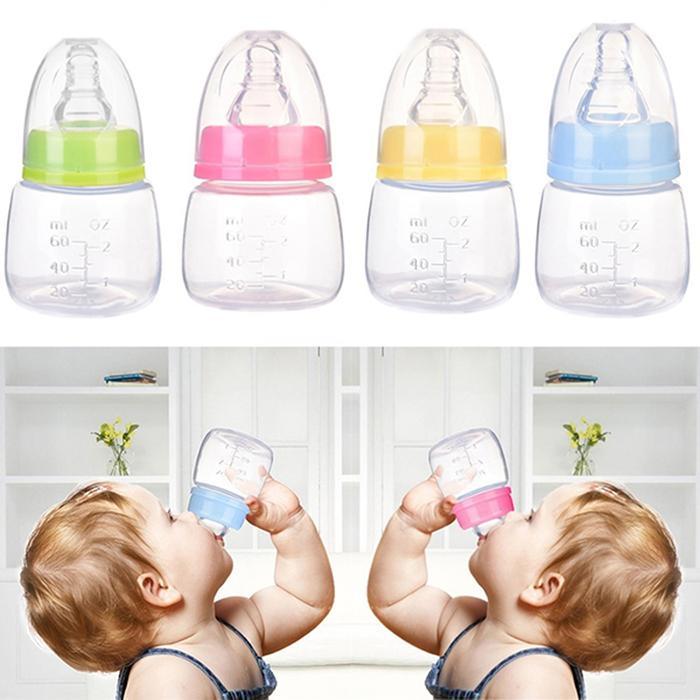 3 Another comfortable position for newborn breastfeeding, you can give your baby good support, full control of the position and a good view of his face. And the baby feels safe in close contact with the mother's body. This position is especially good for those who have had a caesarean section or a premature birth, as well as mothers of twins and women with large breasts.
3 Another comfortable position for newborn breastfeeding, you can give your baby good support, full control of the position and a good view of his face. And the baby feels safe in close contact with the mother's body. This position is especially good for those who have had a caesarean section or a premature birth, as well as mothers of twins and women with large breasts.
“When I breastfed my first daughter, I had very large K-sized breasts—twice the size of her head,” recalls Amy, an Australian mother of two. - I put rolls of towels under each breast, because they were very heavy, and fed my daughter in a pose from under the arm, but only sitting straighter so as not to crush her. This position was also convenient because I had a caesarean section and could not put the baby on my stomach.”
5. Side-lying position
The side-lying position is ideal for relaxed
feeding at night in bed or on the couch. If you had a
caesarean section or ruptures during childbirth, this position may be more comfortable than sitting down.![]() 3 In this position, mother and baby lie side by side, tummy to tummy.
3 In this position, mother and baby lie side by side, tummy to tummy.
“It was difficult for me to sit during endless night feedings, firstly because of the caesarean section, and secondly because of lack of sleep,” recalls Francesca, a mother from the UK. “And then I discovered that you can feed your baby lying on your side and rest at the same time.”
“Because of the short tongue frenulum, Maisie could only properly latch on to her breasts while lying on her side. The lactation consultant showed me how it's done. In this position, the flow of milk was optimal for my daughter, and it was easier for her to keep the nipple in her mouth. As she got older, she became much better at grabbing her breasts in normal positions,” says Sarah, mother of two from Australia.
6. Relaxed breastfeeding after caesarean section
If you can't find a comfortable position for breastfeeding after caesarean section, 3 try to hold the baby on the shoulder while reclining — this does not put pressure on the postoperative suture and allows you to breastfeed the baby comfortably. You can also try side feeding.
You can also try side feeding.
7. Upright breastfeeding or “koala pose”
When breastfeeding in an upright position or “koala pose”, the baby sits with a straight back and a raised head on the mother's hip. 4 This position can be tried even with a newborn if it is well supported, but it is especially convenient for feeding a grown child who can already sit up by himself. The upright sitting position, or “koala pose,” is great for toddlers who suffer from reflux or ear infections and feel better sitting. In addition, this pose may be suitable for children with a shortened frenulum of the tongue or reduced muscle tone.
“When my daughter got a little older, I often breastfed her in an upright position — it was more comfortable for both of us and I could still hold her close,” recalls Peggy, a mother from Switzerland. “Besides, it was possible to discreetly breastfeed her in public places.”
8. Overhanging position
In this position, the baby lies on his back, and the mother bends over him
on all fours so that the nipple falls directly into his mouth. 4 Some mothers have said that this breastfeeding position is good to use from time to time for mastitis, when touching the breasts is especially unpleasant. Some say that this breastfeeding position helps with blockage of the milk ducts, although there is no scientific evidence for this yet. You can also feed in the “overhanging” position while sitting, kneeling over the baby on a bed or sofa, as well as reclining on your stomach with support on your elbows. Pillows of various sizes that you can lean on will help you avoid back and shoulder strain.
4 Some mothers have said that this breastfeeding position is good to use from time to time for mastitis, when touching the breasts is especially unpleasant. Some say that this breastfeeding position helps with blockage of the milk ducts, although there is no scientific evidence for this yet. You can also feed in the “overhanging” position while sitting, kneeling over the baby on a bed or sofa, as well as reclining on your stomach with support on your elbows. Pillows of various sizes that you can lean on will help you avoid back and shoulder strain.
“I have breastfed several times in the overhang position for clogged milk ducts when no other means of resolving the blockage worked. And this pose seems to have helped. I think it's because of gravity, and also because the breasts were at a completely different angle than with normal feeding, and my daughter sucked her differently, ”says Ellie, a mother of two from the UK.
Feeding in the "overhanging" position is unlikely to be practiced regularly, but in some cases this position may be useful.
“I breastfed in the overhang position when my baby was having trouble latch-on,” says Lorna, mother of two in the UK. - This, of course, is not the most convenient way, but then I was ready for anything, if only he could capture the chest. We succeeded and have been breastfeeding for eight months now!”
9. Feeding a baby in a sling or “on the fly”
Breastfeeding in a sling takes some practice, but it can be used to go out, look after older children or even do a little household chores.
The sling is also useful if the baby does not like to lie down or is often attached to the breast. Lindsey, a mother of two in the US, notes: “I used the carrier frequently for both of my children. When we were out, I tied the sarong around my neck and covered the carrier with it. Under such a cape, the baby can eat as much as he wants until he falls asleep.
This breastfeeding position is best when the baby is already good at breastfeeding and can hold its head up by itself.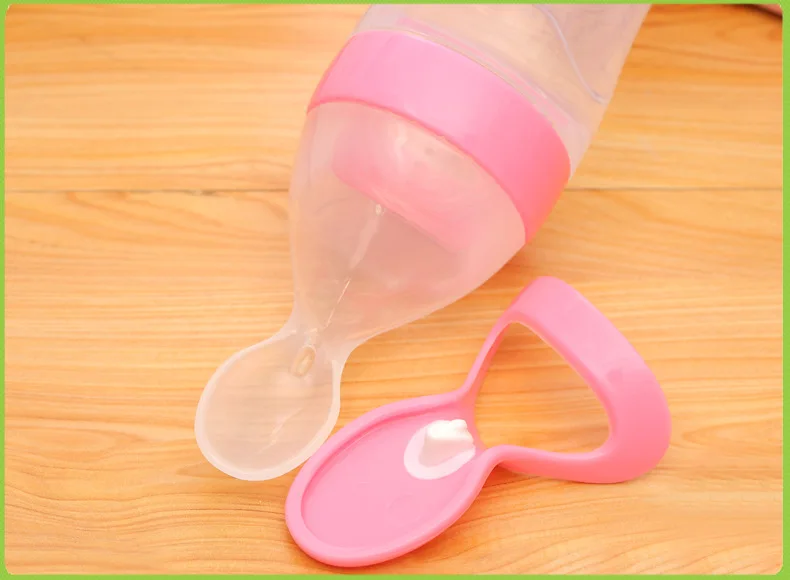 Any slings are suitable for breastfeeding, including elastic and rings, as well as carrying bags. Whatever option you choose, the main thing is that you can always see the face of the child, and his chin does not rest against his chest.
Any slings are suitable for breastfeeding, including elastic and rings, as well as carrying bags. Whatever option you choose, the main thing is that you can always see the face of the child, and his chin does not rest against his chest.
10. Double hand-held breastfeeding
Double hand-held breastfeeding (or “double-ball gripping”) is great for mothers of twins—you can breastfeed both at the same time while keeping your arms relatively free. 4 When feeding in this position, it is advisable to use a special pillow for breastfeeding twins, especially at first. It will provide extra support and help keep both babies in the correct position, as well as reduce the burden on the abdomen if you had a caesarean section. In addition, the hands are freer, and if necessary, you can deal with one child without interfering with the second.
“My twins were born very tiny and had to be fed every two hours at any time of the day or night. Very soon it became clear: if I want to do anything besides feeding, I need to feed them both at the same time, - says Emma, mother of two children from the UK. “I breastfed them two by hand using a breastfeeding pillow.”
“I breastfed them two by hand using a breastfeeding pillow.”
Other good positions for breastfeeding twins are two criss-cross cradles, one baby in the cradle and the other close at hand, reclining or sitting upright feeding (one baby on one side, the other on the other).
11. Breastfeeding in the "hand-supported" or "dancer's hand" position
muscle tone (which is typical for premature babies, children suffering from various diseases or Down syndrome), try supporting his head and your chest at the same time. 4 Grab your chest with your palm underneath so that your thumb is on one side and all the others are on the other. Move your hand slightly forward so that your thumb and forefinger form a "U" just in front of your chest. With the other three fingers, continue to support the chest. With your thumb and forefinger, hold the baby's head while feeding so that his chin rests on the part of the palm between them, your thumb gently holds the baby on one cheek, and your index finger on the other. So the baby gets excellent support, and you can control his position and see if he is holding his breast.
So the baby gets excellent support, and you can control his position and see if he is holding his breast.
Literature
1 Colson SD et al. Optimal positions for the release of primitive neonatal reflexes stimulating breastfeeding. Early Hum Dev . 2008;84(7):441-449. - Colson S.D. et al., "Optimal Positions for Provoking Primitive Innate Reflexes to Induce Breastfeeding." Early Hume Dev. 2008;84(7):441-449.
2 UNICEF UK BFHI [ Internet ]. Off to the best start ; 2015 [ cited 2018 Feb ]. - UNICEF UK, Baby-Friendly Hospital Initiative, Start the Best You Can [Internet]. 2015 [cited February 2018].
3 Cadwell K. Latching - On and Suckling of the Healthy Term Neonate: Breastfeeding Assessment.